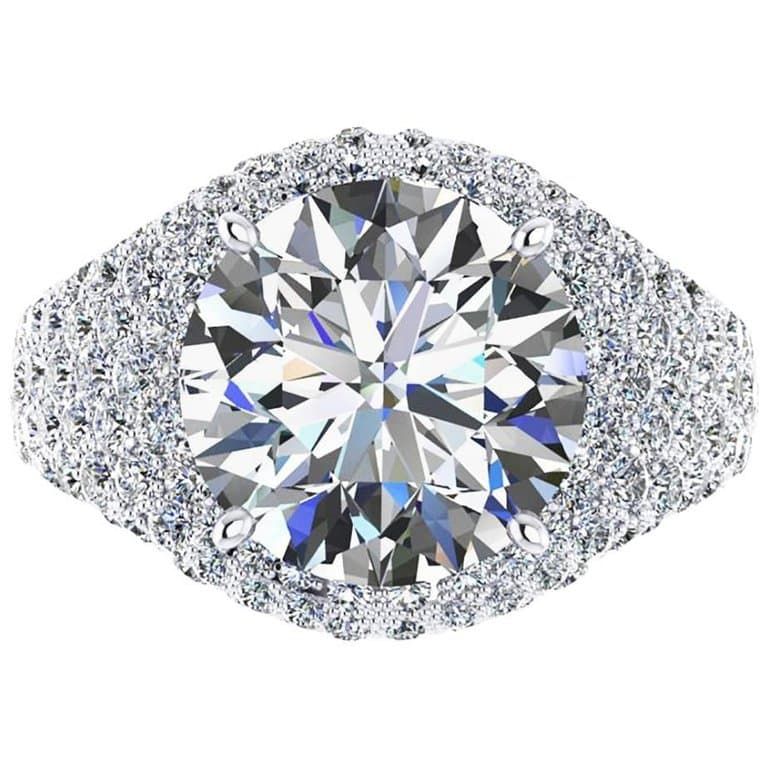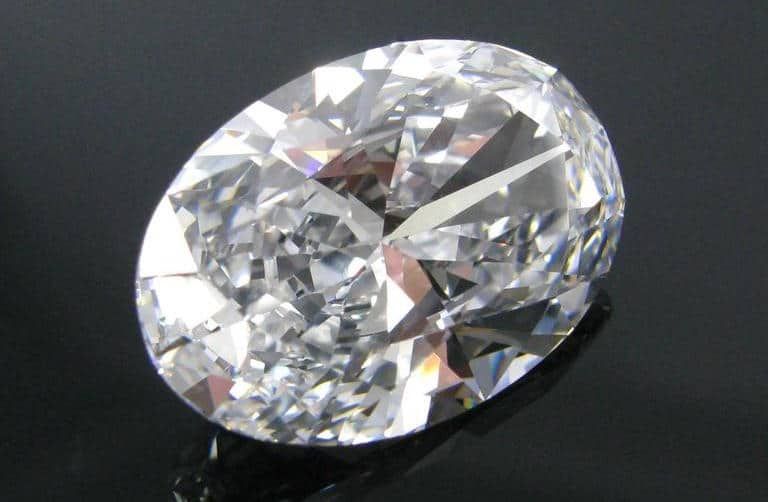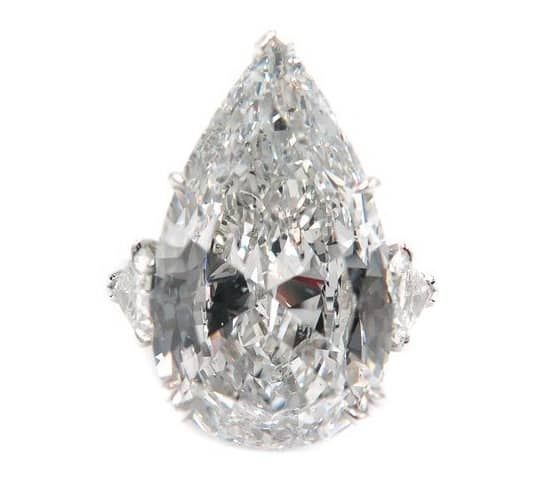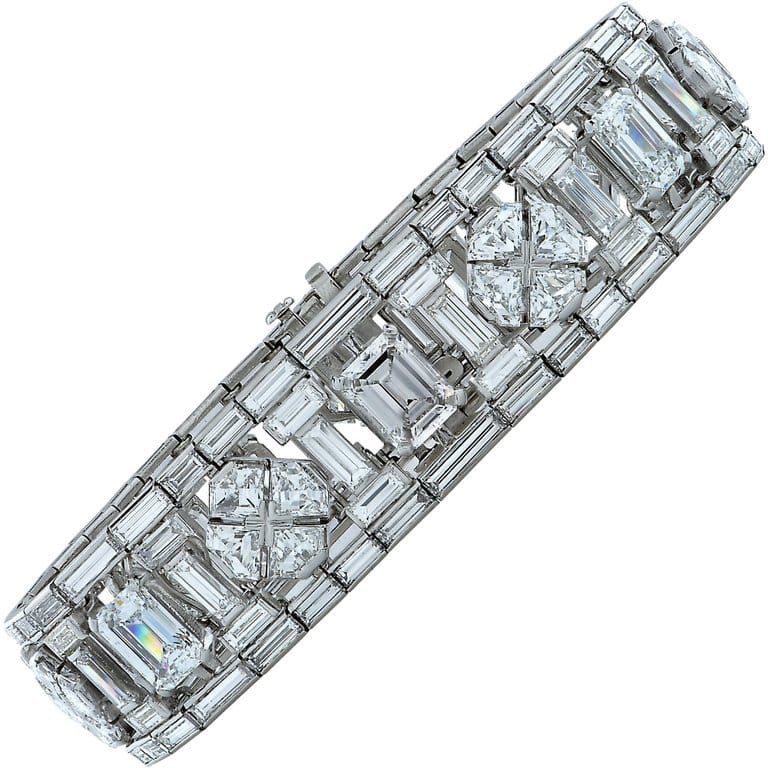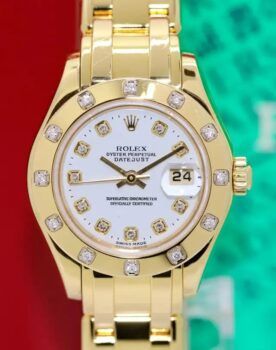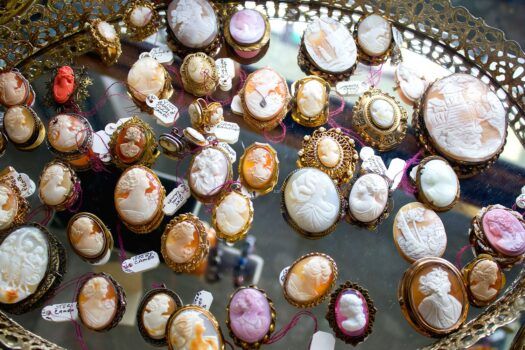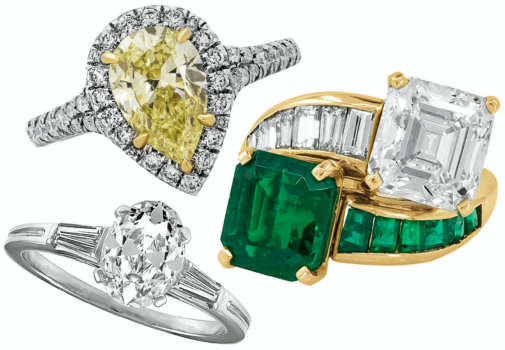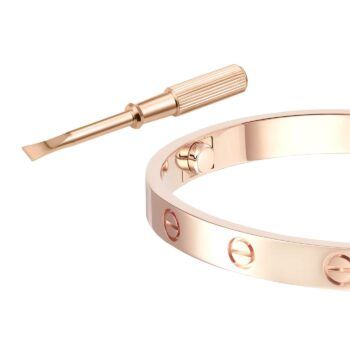What makes a diamond valuable? Anyone who has ever had a diamond appraised has heard of the 4Cs, the grading the system that was established by the Gemological Institute of America (GIA) in the 1950s. The 4Cs are the guidelines that determine how these precious stones — some of which are quite famous — are graded.
Color
It’s easy to tell the difference between a white diamond and a brown diamond, but the how about between a faint diamond and a very light one? Diamond graders have master sets of diamonds that they use to compare against other specimens. It should be noted that diamonds must be removed from their setting so that the color of the gold doesn’t interfere with the color of the jewel.
The most valuable stones are are colorless, or pure as water. The GIA scale, which is used by most professional jewelers, ranges from D to Z. There are five main categories of color (judged on the tone and saturation): colorless, near colorless, faint, very light and light. It is all about tone and saturation, and the differences from one category to the next are so subtle that, to the untrained eye, a small diamond with faint color may appear colorless.
Clarity
According to the GIA, “clarity is the relative absence of inclusions and blemishes” in a diamond. Inclusions are internal features and blemishes refers to surface irregularities. A diamond should be devoid of flaws, both internally and on the surface.
Once inspected under 10-times magnification, a diamond will fit into one of the 11 universally recognized clarity grades: flawless; internally flawless; two categories of very, very slightly (VVS1, VVS2) included; two categories of slightly included (S1, S2); and three categories of included (I1,I2,I3). The grade is determined by analyzing the “size, number, position, nature, and color or relief.”
Cut
A diamond’s cut goes beyond its shape (emerald, princess, heart, oval, round, pear or marquis). Here, we are concerned with how the diamond’s facets interact with the light. The rule is “the higher the cut grade, the brighter the diamond.” Under fluorescent light, diamonds show off their brightness, which can be high, moderate or low. What you want is a well-cut, bright and sparkly diamond.
Carat Weight
According to the GIA, “Diamonds are weighed to a thousandth (0.001) of a carat and then rounded to the nearest hundredth, or point. Over a carat, diamond weights are usually expressed in carats and decimals.” Out of all the 4Cs, the weight of the diamond is the most scientific and less a matter of opinion. But the weight is also not the most important signifier of a stone’s value. A three-carat gem can be less valuable then a one-carat stone, for example, if all of the other attributes are of lesser quality in the larger diamond. So remember that, while everyone seems to want a larger stone, in the end, bigger does not mean better.
